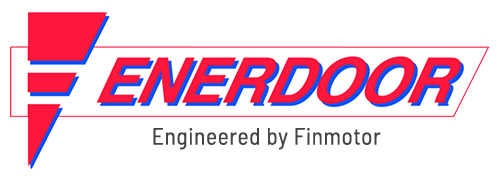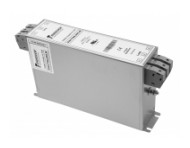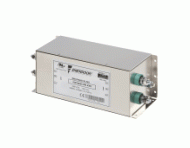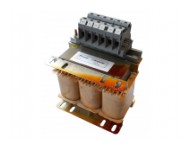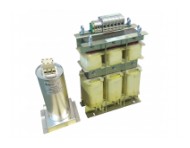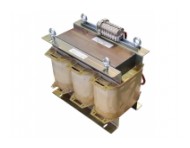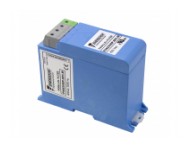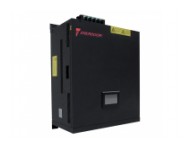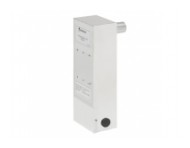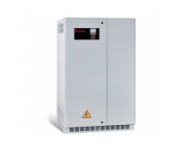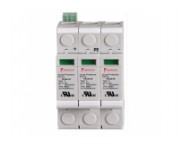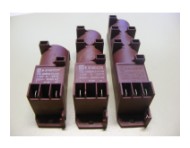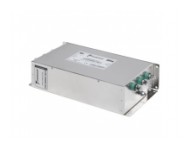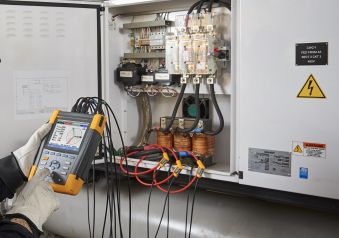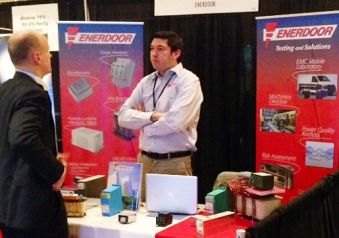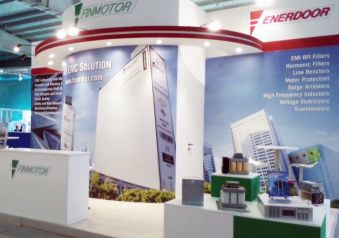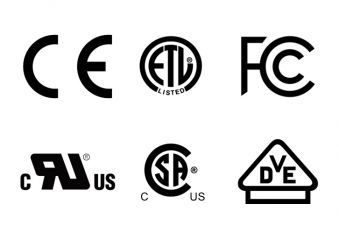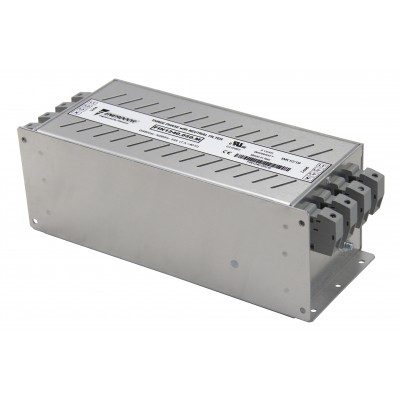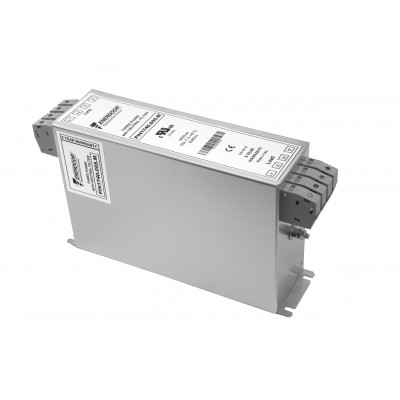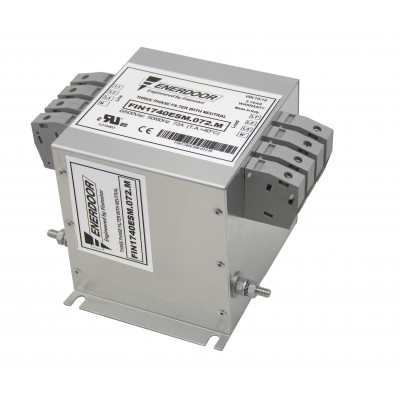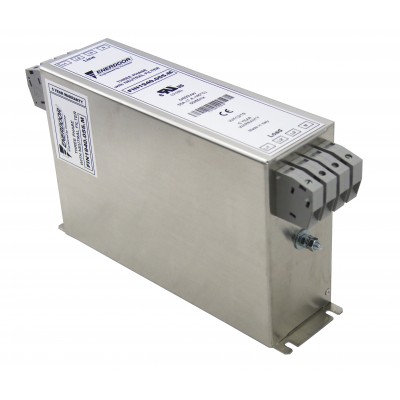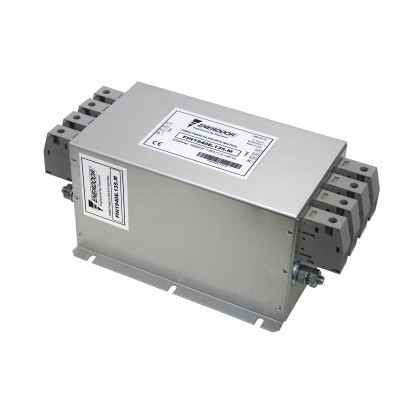Three-Phase Plus Neutral
Offers a current range from 3 to 2000A with nominal voltage up to 600 Vac.
Offers a current range from 3 to 2000A with nominal voltage up to 600 Vac.
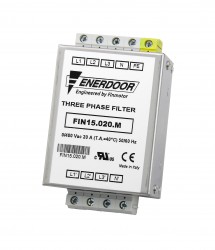
Enerdoor's three-phase plus neutral series stands out for its remarkable high attenuation within a compact casing, featuring low leakage currents, and proving its adaptability across a wide spectrum of industries.
This series features CE and UL approvals and a versatile current range spanning from 3 to 2000A, with a nominal voltage capability of up to 600 Vac.
Equipped with convenient terminal blocks, screws, and bus bar connections, this series incorporates essential features like finger-safe protection and the efficiency of DIN rail mounting. These elements combine to facilitate a rapid and straightforward installation process directly into enclosures.
Customized solutions are available to satisfy various application requirements.
Browse Three-Phase Plus Neutrals
FIN1240
- Three-phase plus neutral
- Rated current from 5 - 2000A
- Nominal voltage 480 Vac
- Excellent differential and common mode attenuation
- High performance in low frequency range
FIN15
- Three-phase plus neutral
- Rated current from 3 - 20A
- Nominal voltage 480 Vac
- Compact case
- DIN rail mounting
FIN1740
- Three-phase plus neutral
- Rated current from 6 - 200A
- Nominal voltage 600 Vac
- Excellent differential and common mode attenuation
FIN1740ESM
- Three-phase plus neutral
- Rated current from 10 - 180A
- Nominal voltage 500 Vac
- Compact case
- Very low leakage current (<3mA)
FIN1940
- Three-phase plus neutral
- Rated current from 6 - 200A
- Nominal voltage 600 Vac
- Excellent differential and common mode attenuation
FIN1940E
- Three-phase plus neutral
- Rated current from 18 - 200A
- Nominal voltage 500 Vac
- Excellent differential and common mode attenuation
Previous Category
